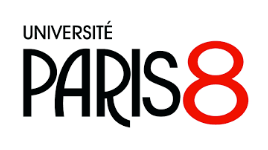12h00
108
Cf. le site de l'Atelier.
Japanese dialects, the moraic nasal and diglossia
In this talk, I discuss the representation of the Japanese moraic nasal, typically transcribed as <N>. I propose that this segment is not a (phonological) consonant in every dialect. N is traditionally analysed as a sparsely specified coda or moraic segment consisting only of the feature [+nasal] (McCawley 1968, Itō 1987, Vance 2008; Labrune 2012), realised as a dorso-uvular glide intervocalically and finally (cf. Vance 2008) e.g. <hoN> [hoɰ̃] ‘book’, or as a homorganic nasal when preceding a consonant, e.g. <hoNdana> [hondana] ‘bookshelf’. Alternatively, N is viewed as a syllabic nasal or nasal back vowel vowel in word-final & intervocalic contexts and a coda elsewhere (Yoshida Y. 1999, Yoshida S. 2003). I claim that alternative representations are necessary in order to capture facts of N beyond homorganicity. I propose that in Tōkyō Japanese, the orthographic vowel-N sequence is phonologically a nasal vowel, while in Osaka Japanese N is a syllabic consonant. Finally, I propose that in Kagoshima Japanese, N is a true coda consonant. I frame the alternative representations of N within Strict CV (Lowenstamm 1996) and the TBU status of N is directly connected to the status of the V position within the relevant CV unit. I consider the accommodation of diglossia through licensing parameters (Cyran 2010). I conclude with an outline of forthcoming instrumental investigations of nasality in the dialects discussed.



